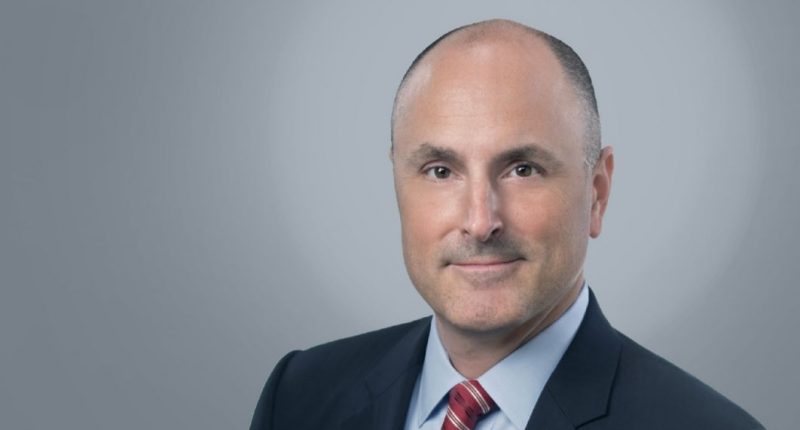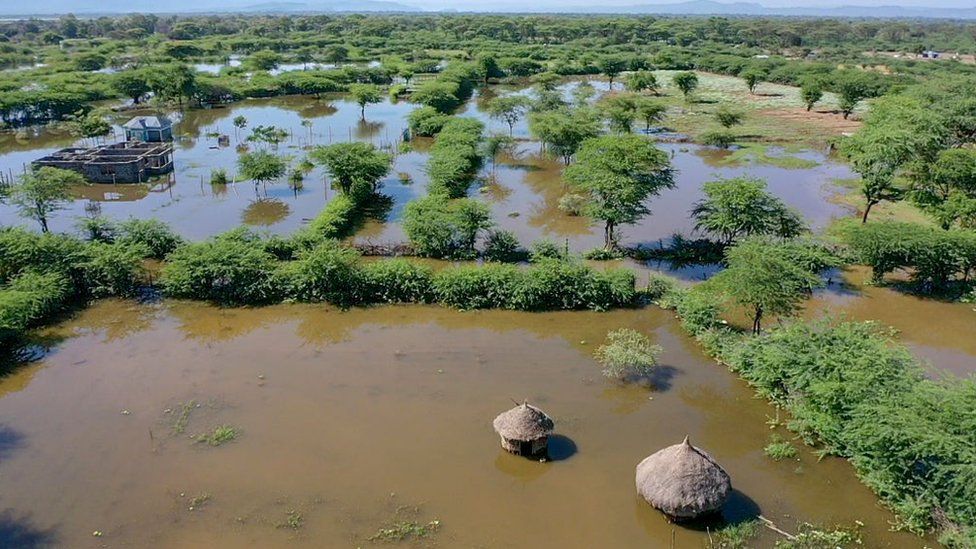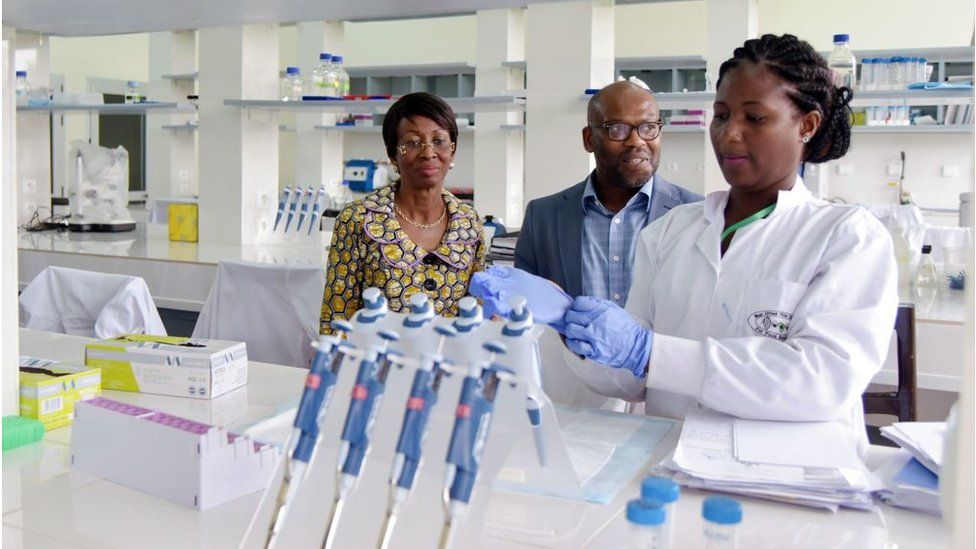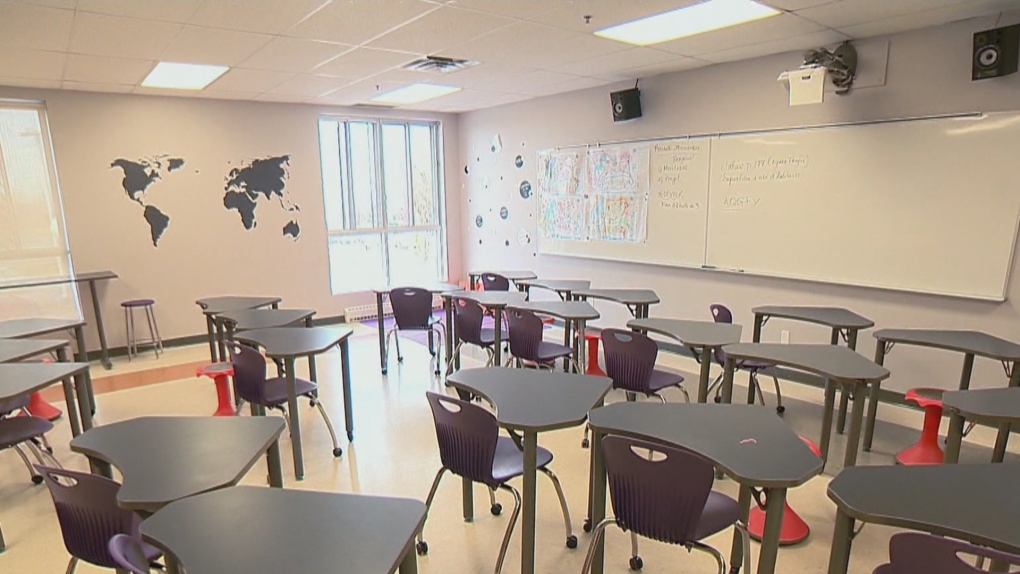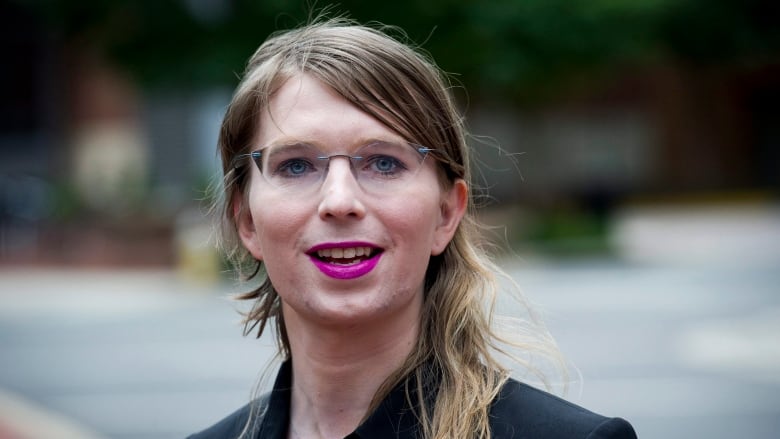H2 UPDATES
IEA: Low-Carbon Hydrogen Needs Major Cost Cuts
The use of low-carbon hydrogen and ammonia in fossil fuel plants could be key to ensure security in electricity supply while the world is moving toward cleaner energy sources, the International Energy Agency (IEA) said in a new report. The agency noted, however, that production costs of low-carbon hydrogen and ammonia fuels need to fall significantly in order to be competitive with other forms of energy, including fossil fuels.
Low-carbon fuels can play an especially important role in countries or regions where the thermal fleet is young, or when the availability of low-carbon dispatchable resources is constrained, for example in East and Southeast Asia, the IEA said in its report.
“By 2030 the cost of low-carbon hydrogen and ammonia for use as chemical feedstock becomes comparable to those of unabated production from fossil fuels. However, for use as a fuel, they are expected to remain significantly more expensive than projected prices of coal and natural gas in 2030 in the SDS [Sustainable Development Scenario],” the international agency noted.
By the end of this decade, low-carbon hydrogen and ammonia are likely to remain expensive energy carriers for power generation, the IEA says.
The agency’s findings also suggest that “a portfolio of policies is required to compensate for cost gaps.”
Decisive government action is necessary to support low-carbon hydrogen, the IEA said in its Global Hydrogen Review 2021 earlier this month.
Investments in hydrogen are growing, and interest is high, but additional supportive policies are needed to reduce production costs and incentivize hydrogen usage in various sectors, the agency said.
“Governments need to take rapid actions to lower the barriers that are holding low-carbon hydrogen back from faster growth, which will be important if the world is to have a chance of reaching net zero emissions by 2050,” the IEA Executive Director Fatih Birol said.
By Tsvetana Paraskova for Oilprice.com
First Look: CP’s Hydrogen Zero Emissions Locomotive

On Oct. 4, CP shared on Twitter: “Introducing CP’s new prototype hydrogen-powered line-haul locomotive: #H20EL or Hydrogen Zero Emissions Locomotive. Each design element conveys CP’s commitment to sustainability & transformational technology.”
Canadian Pacific’s (CP) H20EL, a hydrogen fuel cell-powered linehaul freight locomotive prototype, will be prepped this fall for official painting and launch, the Class I railroad reported.
CP in an Oct. 4 Twitter post provided a video rendering of the H20EL, which stands for Hydrogen Zero Emissions Locomotive (see below). It also included unit details on the “Sustainability Driven” section of its website.
The blue and green paint-scheme colors represent “sustainability, water and technology,” according to the railroad, and the angled typography of H2OEL symbolizes “movement and progress in action.”
CP’s Hydrogen Locomotive Program in December 2020 announced work on the H2OEL, a retrofit of an existing diesel-electric linehaul locomotive. The diesel prime mover and traction alternator are being replaced with hydrogen fuel cell and battery technology to power the unit’s electric traction motors. Ballard is supplying six 200-kilowatt fuel cell modules, which will provide a total of 1.2 megawatts of electricity to power the locomotive.
On March 10, 2021, CP President and CEO Keith Creel told attendees of Railway Age’s Next-Gen Freight Rail conference that the Program locomotive is expected to be operational by the end of 2022. At that time, the railroad has said it “will conduct rail service trials and qualification testing to evaluate the technology’s readiness for the freight-rail sector.”

If the concept is proven reliable, CP could produce two additional locomotives, according to Creel. While the Class I railroad is not looking to become a locomotive manufacturer, he told Railway Age conference attendees, its vision is to partner with an OEM in the future to “benefit CP and the North American [railroad] landscape.”
On the CP website, Creel noted that the project is “globally significant” and “positions CP at the leading edge of decarbonizing the freight transportation sector. CP will continue to focus on finding innovative solutions to transform our operations and implement our Climate Strategy, positioning CP and our industry as leaders for a sustainable future.”
BLUE H2
TC Energy (TSX:TRP) and Nikola to produce clean hydrogen
TC Energy (TRP) and Nikola have signed a joint development agreement for large-scale clean hydrogen hubs
The U.S. and Canadian facilities will produce 150 tonnes or more of hydrogen per day to supply Nikola's forthcoming electric vehicles
The partnership hopes to jumpstart hydrogen and electric vehicle adoption across industrial sectors
Nikola Corporation designs and manufactures zero-emission battery-electric and hydrogen-electric vehicles and associated components
TC Energy is a leading energy provider across Canada, the U.S. and Mexico
 TC Energy (TRP) is up by 0.52 per cent and is currently trading at $61.52 per share
TC Energy (TRP) is up by 0.52 per cent and is currently trading at $61.52 per shareTC Energy (TRP) and Nikola have signed a joint development agreement for large-scale clean hydrogen hubs.
The companies will co-develop, construct, operate and own the low-cost hydrogen production facilities in the U.S. and Canada.
The objective is to produce 150 tonnes or more of hydrogen per day to serve Nikola’s Class 8 fuel cell electric vehicles within the next five years.
The partnership intends to accelerate the adoption of hydrogen and heavy-duty zero-emission FCEVs across industrial sectors.
TC Energy will likely make use of its extensive pipeline, storage and power assets to increase the hubs' efficiency.
Potential avenues to reducing the project's carbon intensity include renewable energy, low-cost natural gas, renewable natural gas and biomass feedstocks paired with carbon capture and storage.
Pablo Koziner, Nikola's President, Energy and Commercial, stated,
"We are excited to have a strategic partnership with a North American energy leader focused on delivering low-carbon and hydrogen-based energy solutions. TC Energy offers pipeline distribution capabilities that will be essential for the cost-efficient movement of hydrogen in the future.
Today marks a major step by Nikola in accordance with its stated energy strategy for the provision of hydrogen fuel solutions to future Nikola FCEV customers and to public network fueling stations."
Corey Hessen, TC Energy’s Senior Vice President and President, Power and Storage, added,
"By leveraging our natural gas and power operations footprint, we see this new partnership as an important first step in facilitating access to affordable low-carbon production of hydrogen for the transportation and industrial sector.
TC Energy is focused on our own decarbonization efforts as well as being the provider of choice for carbon-free energy to the North American industrial, natural gas and oil sectors. Nikola as a partner and as a customer aligns well with that approach."
Nikola Corporation designs and manufactures zero-emission battery-electric and hydrogen-electric vehicles, electric vehicle drivetrains, vehicle components, energy storage systems and hydrogen station infrastructure.
TC Energy is a leading energy provider across Canada, the U.S. and Mexico.
Latest News
Media Advisory: Nikola and TC Energy Sign Joint Development Agreement for Co-Development of Large-Scale Clean Hydrogen Hubs
GlobeNewswire 13 hours ago
Nikola and TC Energy Sign Joint Development Agreement for Co-Development of Large-Scale Clean Hydrogen Hubs
PR Newswire 13 hours ago
TC Energy adjusts timing of certain Cumulative First Preferred Shares Dividends
GlobeNewswire September 23, 2021
EDP Renewables and TC Energy Execute Long-Term Agreement to Add a 297-Megawatt Wind Farm to Alberta
GlobeNewswire September 20, 2021
Media Advisory: TC Energy to divest remaining 15 per cent interest in Northern Courier Pipeline
GlobeNewswire September 16, 2021
Long-time energy partners Irving Oil and TC Energy strike a made-in-Canada agreement focused on reducing emissions and creating new value
PR Newswire August 12, 2021
By Emily Pontecorvo | News | October 5th 2021
#1761 of 1769 articles from the Special Report:RACE AGAINST CLIMATE CHANGE

As countries around the world firm up their commitments to cut carbon emissions, many are turning to an emerging solution with an uncertain future: hydrogen gas.
This story was originally published by Grist and appears here as part of the Climate Desk collaboration.
As countries around the world firm up their commitments to cut carbon emissions, many are turning to an emerging solution with an uncertain future: hydrogen gas. This lesser-known fuel has been called the “Swiss Army knife” of climate solutions. It has the potential to replace fossil fuels in industrial processes, transportation, buildings, and power plants, and does not emit any greenhouse gases when it’s burned.
But this idea of an emissions-free hydrogen-fuelled world is a long way off. Currently, hydrogen is primarily used by oil refineries and in the production of fertilizer. Today, 99 per cent of the world’s supply of hydrogen is made from natural gas and coal, producing annual emissions on par with those of the United Kingdom and Indonesia combined, according to the International Energy Agency.
Scaling up cleaner ways to produce hydrogen and new ways to use it will require significant investments in research and development, and likely subsidies or a price on carbon to make it competitive with fossil fuels. The Biden administration is starting down this path, with a goal to cut the cost of clean hydrogen by 80 per cent by 2030. The bipartisan infrastructure bill that passed the Senate in early August allocates $8 billion to create four “clean hydrogen hubs” that would demonstrate its production and use in four different applications.
But with the clock ticking to prevent climate impacts from getting worse, experts are debating whether chasing after clean hydrogen for every possible use is wise. Some climate advocates are worried that it risks taking attention and resources away from technologies that are already available and could cut emissions more quickly. For example, natural gas utilities say they eventually want to deliver clean hydrogen to people’s homes to power their heaters and stoves, but electric heating and cooking appliances that can be powered by renewable electricity are already on the market now.
“We’re really rooting for hydrogen to work,” said Sasan Saadat, a senior research and policy analyst at the environmental nonprofit Earthjustice. “But we don’t want to be wasting this resource in ways just to ensure there’s a longer life for the business model of combustion-based energy incumbents.” Saadat is one of the authors of a recent report that distinguishes between the most promising, “least-regrets” ways to use clean hydrogen, and areas where policymakers should forget hydrogen and pursue other solutions.
It’s a complicated debate that turns more on politics, money, and time than it does on technology. None of the experts Grist spoke with disagreed that there’s a stronger case for using hydrogen to decarbonize some activities than others. But several said it was too early to rule out its widespread potential.
“It is reasonable to ask how people should spend taxpayer money in the most productive way,” said Julio Friedmann, a senior research scholar at Columbia University’s Center on Global Energy Policy. “But at the same time, we’re trying to do something so unprecedented and difficult that I think it is premature to amputate emerging ideas and options.”
To wrestle with these arguments, it’s important to understand clean hydrogen’s central challenge. Unlike fossil fuels, it cannot be dug out of the earth. We have to make it. And no matter how it’s made, energy is lost in the process.
Unlike the hydrogen produced with natural gas or coal today, so-called “green hydrogen” is made by zapping a water molecule with renewable electricity, splitting it into hydrogen and oxygen. With existing technology, this results in a loss of 20 to 40 per cent of the initial energy. That loss jacks up the price of green hydrogen, making it harder for it to compete with other sources of energy. It also means that relying on green hydrogen requires building a lot more wind and solar power than we might otherwise have to. Wind and solar projects already face challenges overcoming community opposition, and some countries have limited land availability to support renewables.
Another possibility is to add carbon capture technology to existing, natural gas-based hydrogen production to make so-called “blue hydrogen.” But this method requires additional energy to run the carbon capture and storage machinery. The potential climate benefits of blue hydrogen are also diminished, if not erased, by the fact that the natural gas system is rife with leaks that send the potent greenhouse gas methane into the atmosphere. Those leaks would have to be greatly reduced for the emissions math on blue hydrogen to equal “clean.”
Clean hydrogen could replace #FossilFuels for almost everything. But should it? #hydrogen #CleanHydrogen #ClimateChange
So the biggest constraint on what we use clean hydrogen for is supply. But as hard as it will be to produce cleaner varieties of hydrogen, virtually all experts agree that it is necessary for at least one reason: fertilizer. “Our demand for fertilizer isn’t going to go away,” said Rebecca Dell, the director of the industry program at the Climateworks Foundation, a philanthropic group that supports climate solutions. “We need to move that to a clean process in the future, and there isn’t really a substitute process.”
Beyond fertilizer, there’s rough consensus that clean hydrogen is a strong contender to cut emissions from many of the “hard to decarbonize” parts of the economy — activities that cannot easily be powered by clean electricity. These include long-haul trucking, shipping, aviation, and steelmaking. Hydrogen company Air Liquide, which produces both fossil fuel-based and renewable energy-based hydrogen, told Grist that producing it at scale for these uses “will then allow nascent segments to emerge and thrive.”
“Looking at end-uses one by one without considering the entire system would not allow each and any of them to benefit from one another,” spokesperson David Asselin said.
But Sara Gersen, a lawyer for Earthjustice and co-author of the organization’s recent report on the potential for hydrogen technology, said she sees a disconnect between these more clear-cut cases for clean hydrogen and the ones the fossil fuel industry is lobbying for, like burning it in power plants.
“Utilities and project proponents are trying to get approval for new fossil gas plants under the guise of, ‘Oh, maybe one day, this could be converted at some unknown cost to operate on green hydrogen,’” she said. The report mentions Danskammer, an upstate New York energy company that has proposed building a new natural gas-fired power plant and argued that it is in line with climate goals because the plant will be capable of burning a blend of clean hydrogen and natural gas, which would lower emissions and could eventually be converted to run fully on hydrogen. Entergy Texas, an electric utility, recently made a similar proposal.
“We want policymakers to shut that down and say, ‘No, you need to take advantage of the clean energy solutions that are available today,’” said Gersen. Danskammer did not respond to Grist’s request for comment.
A key argument from hydrogen’s proponents is that it can make use of existing fossil fuel infrastructure, and in some cases, utilities are repurposing existing power plants to use hydrogen. In Utah, an old coal plant is being retrofitted to run on a blend of natural gas and clean hydrogen, with a goal of eventually using 100 per cent clean hydrogen. New York State is testing blending at an existing natural gas plant in Long Island.
But blending hydrogen with natural gas is unlikely to significantly reduce carbon emissions in the near term. Jack Brouwer, director of the Advanced Power and Energy Program at the University of California, Irvine, where he conducts research on a broad range of hydrogen applications, told Grist that commercially available power plant technology can currently burn a blend of up to 30 per cent hydrogen gas and 70 per cent methane. According to a peer-reviewed study from 2019, a 30 per cent hydrogen blend would only reduce the emissions from burning natural gas by about 12 per cent.
Gas utilities are also proposing blending hydrogen into the natural gas delivered to homes and buildings. But much of the pipeline system in the U.S. is unable to carry more than about 20 per cent hydrogen, if that much, because it damages the pipes. Higher loads of hydrogen would require utilities to replace their pipelines with different materials, likely passing those costs on to customers. Customers would also need to either modify their current appliances or buy new ones.
For Brouwer, blending green hydrogen into the natural gas system, whether for power plants or homes, is still very much worth doing — not so much for the greenhouse gas benefits, but to create a new market for solar and wind power. Right now, California has a problem where prices for solar energy are getting very low in the middle of the day, at peak generation, which is discouraging the development of more solar in the state. If California set a green hydrogen blending mandate, for example, it would create more demand, since renewable energy is needed to make green hydrogen. But Brouwer said that blending clean hydrogen with natural gas is only a stepping stone. “The gas system has to be either eliminated or completely decarbonized,” he said.
Critics of hydrogen have another concern that has nothing to do with efficiency or economics or even climate change. While burning hydrogen in a power plant or furnace doesn’t emit greenhouse gases, it does emit nitrogen oxides, a pollutant that is harmful to human health. “We have this opportunity as we’re decarbonizing our economy to finally address the deep environmental injustices of burning fuel in power plants in communities that don’t benefit from the costs of low energy, but do bear the health costs of its pollution,” said Saadat.
However, Saadat and Gersen do believe clean hydrogen could be useful to the electricity grid via a different solution: Hydrogen fuel cells. Fuel cells generate electricity through a chemical reaction rather than combustion and do not produce pollution. They are much smaller systems than power plants and could be hooked up to the grid in an array, similar to grid-scale battery projects.
Gniewomir Flis, the hydrogen project manager at the Berlin-based think tank Agora Energiewende, said fuel cells are unlikely to be an option for at least a decade because at this point they are much more expensive than traditional combustion-based power plant technology. He also noted that the companies that build power plant technology are working to lower nitrogen oxide emissions, and that the industry has said it can solve this issue within the decade.
Whether for power plants or fuel cells, hydrogen can be stored underground in large quantities, much like natural gas, so many see it as a key tool to provide clean, long-duration backup electricity during seasons when there is less sun and wind to power the grid.
Perhaps the most controversial potential use for hydrogen is re-making our pipeline system to deliver it into homes and buildings. Flis called the idea of burning 100 per cent hydrogen in buildings a “politically unpalatable solution.” By his analysis, since low-carbon hydrogen is so expensive, it would either mean handing enormous subsidies to utilities or raising customers’ rates by at least five times. Flis also estimates that in Europe, installing an electric heat pump would save a customer about $23,000 to $35,000 over the next 25 years compared to installing a hydrogen boiler.
Others, however, look at the challenge of fully electrifying buildings — and more or less forcing gas utilities to shutter — and find that politically unpalatable. “Yes, electric heating is much more efficient, but we need to consider the reality of abandoning massive infrastructure in place,” said Steve Griffiths, the senior vice president of research and development at Khalifa University in the United Arab Emirates, in an email.
Griffiths stressed that many other reports have looked at the future of clean hydrogen and come to similar conclusions as Earthjustice. But he argued that these analyses lack context. “Techno-economic factors alone are not what will make hydrogen a key fuel for energy transitions,” he said, writing that social, cultural, and political factors also help or hinder energy system changes. Griffiths was the lead author of a recent review paper on hydrogen that took into account these other factors.
Michael Liebreich, an independent energy analyst and advisor, said home heating is the “front line in the hydrogen culture wars.” “There’s enormously heavy lobbying for hydrogen in heating,” he said, “because it would use the gas distribution network, and that’s a very expensive asset we built over many, many decades, and the companies who own it, don’t want to walk away.”
In the U.K., where Liebreich lives, gas utilities have been promoting a full switch to hydrogen since at least 2016, when an industry-sponsored study found that the gas network in the city of Leeds could be converted to carry low-carbon hydrogen to homes at minimal cost to customers. By 2023, a heavily subsidized pilot program in a neighborhood in Scotland will be the first to deliver 100 per cent green hydrogen to a network of about 300 homes. Participants will receive free appliances, and their gas bills will not go up for the duration of the pilot, which is set to run through 2027.
In the U.S., gas utilities in New York, Massachusetts, California, and other states have said that clean hydrogen could be part of a low-carbon fuel mix they could deliver to customers in the future to meet climate goals. They are banking on public acceptance of clean hydrogen and other lower-carbon gases, like biogas, for survival. “We don’t make money on molecules,” Jonathan Peress, the senior director of business strategy and energy policy at SoCalGas, a California gas utility, told Grist. “We make money by providing a transportation and delivery service to our customers.” SoCalGas is engaged in several partnerships to ramp up the use of hydrogen, including an initiative to make Los Angeles a hub for affordable green hydrogen. The company has proposed blending hydrogen into its gas network, but its application to the California Public Utilities Commission was dismissed in July for being incomplete.
Liebreich, who has famously ranked the potential uses of clean hydrogen into a “ladder” based on which he thinks are most likely to succeed, doesn’t see much of a future for hydrogen in buildings. But he also doesn’t see a problem with governments spending some money to support these kinds of trials because a lot of learning will come out of it. “We’ll just come to some point when they’ll say, ‘We have tried to build 67,000 homes heated by hydrogen, we now have a much better understanding of the economics — it makes no sense at all,’” he said. “Or, ‘It makes sense only in these very small numbers of niches.’”
But for Gersen and Saadat, who have watched as companies like SoCalGas have fought policies that would speed up the switch to all-electric buildings, there’s simply no time to wait around and see whether clean hydrogen will work out.
“We are really eager to make sure that the vague promise that hydrogen might be available as a decarbonization technology in the future doesn’t derail the urgent investments that we need today,” said Gersen.
These kinds of tradeoffs are difficult to suss out. There’s no guarantee that the $2 billion or so the U.S. might spend on a residential heating “clean hydrogen hub” would otherwise go to electrification or any other climate solution. Or that it’s possible to get a bill passed in Washington, D.C. right now that doesn’t involve throwing some bones to the fossil fuel industry.
But storms, droughts, wildfires, and other impacts of climate change are already intensifying. Carbon is accumulating in the atmosphere, and the emissions we can avoid today and over the next 10 years may be worth a lot more — in terms of lives lost, communities displaced, damages from natural disasters — than a breakthrough solution to cut emissions in 2030.
Editor’s note: Earthjustice is an advertiser with Grist. Advertisers have no role in Grist’s editorial decisions.
